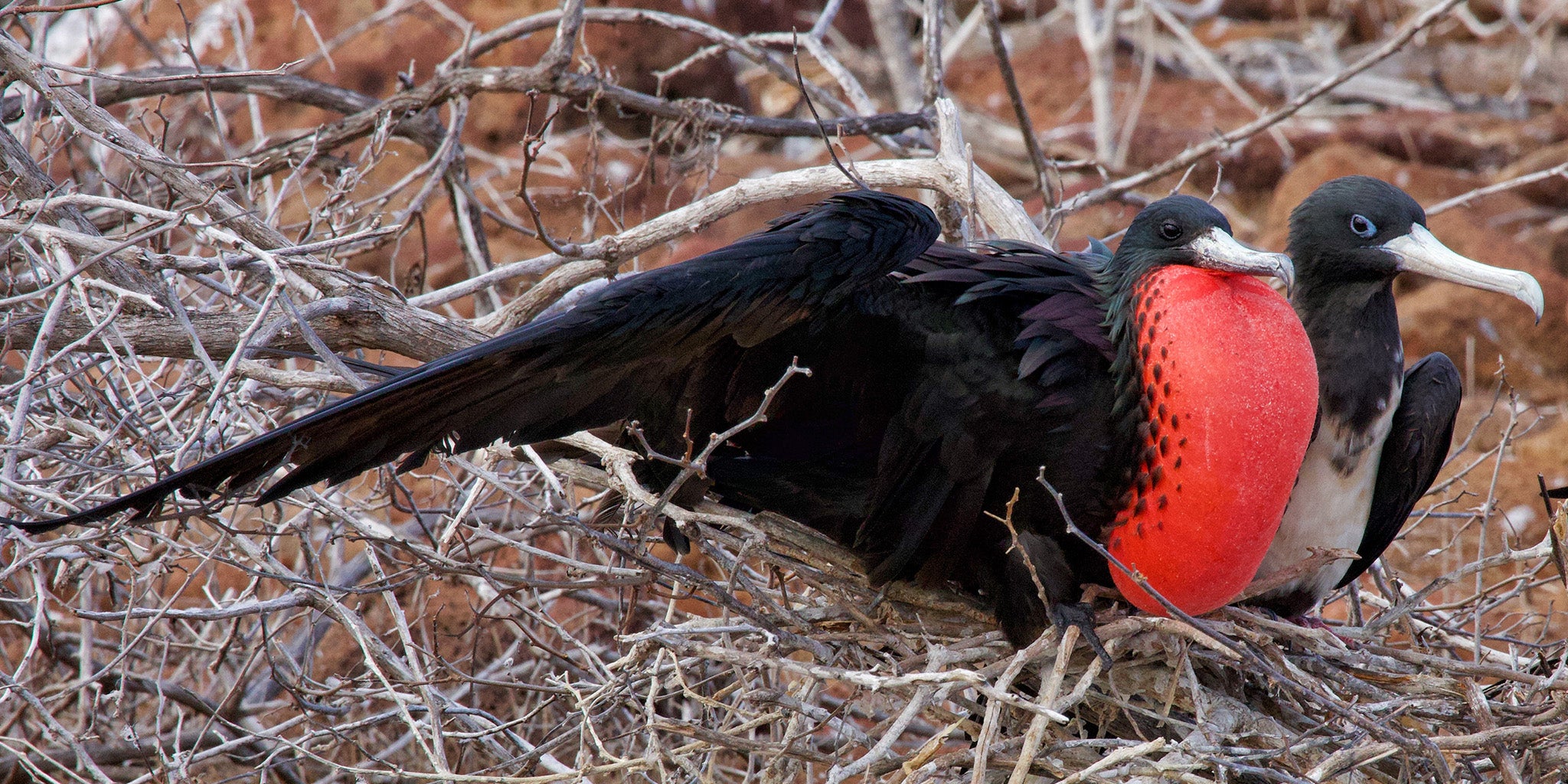Purpose
Courtship displays serve to attract a mate, establish a pair bond, and communicate readiness for mating and reproduction.
Species-Specific
Each bird species has evolved unique courtship displays specific to their biology, habitat, and social structure.
Variety
Courtship displays can include vocalizations, dances, plumage displays, gift-giving, nest building, aerial acrobatics, and more, showcasing the diversity of avian behaviors.
Coloration
Many male birds display vibrant and striking plumage during courtship to demonstrate health, genetic fitness, and ability to invest in offspring.
Complexity
Some courtship displays involve intricate choreography, synchronized movements, and elaborate rituals that can last for extended periods.
Female Choice
In many species, females are selective and choose mates based on the quality of the courtship display, indicating genetic fitness, health, and ability to provide resources.
Competition
Male birds may compete with rivals for the attention of females, leading to elaborate and sometimes aggressive courtship behaviors.
Communication
Courtship displays often involve visual, auditory, and tactile signals that convey information about the bird's reproductive status, intentions, and suitability as a mate.
Temporal
Courtship displays are often seasonal and timed to coincide with the breeding season, ensuring successful mating and reproductive success.
Adaptations
Courtship displays can be shaped by environmental factors, social dynamics, predation risk, and other selective pressures, leading to diverse and specialized behaviors.
Mate Pairing
Successful courtship displays can lead to the formation of strong pair bonds, which are essential for successful breeding, nest-building, and raising offspring.
Evolution
Courtship displays have evolved over time through natural selection to optimize mating success, genetic diversity, and offspring survival within bird populations.


